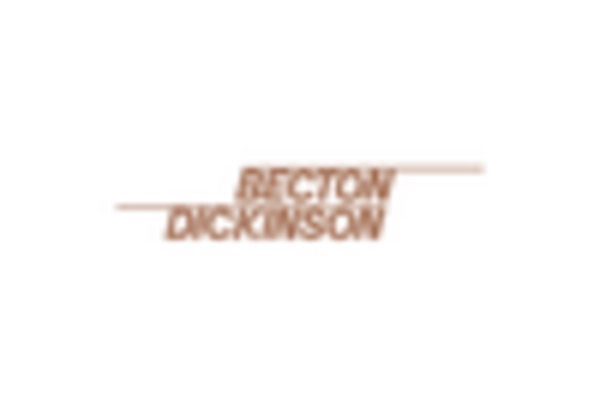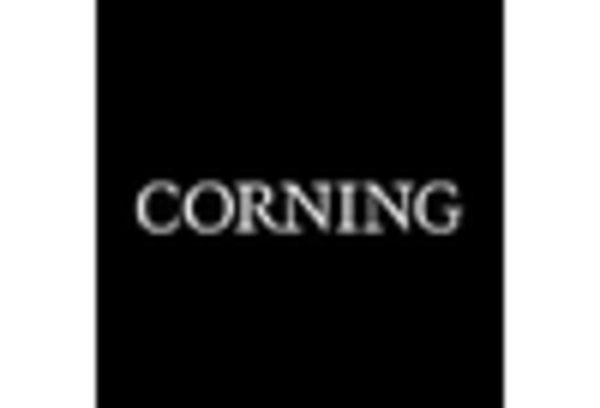Market Analysis
In-depth Analysis of Automated Cell Culture Equipment Market Industry Landscape
The use of stem cell technology is becoming increasingly popular and is considered a promising and groundbreaking field for potential therapies. Scientists believe that in the future, this technology might even cure diseases that currently have no known cures. A significant rise in the number of clinical trials and substantial investments from key organizations are driving the increased adoption of stem cell technology.
According to information from the Stem Cells Portal, a platform dedicated to journals focused on stem cell research and development, there are more than 5,000 registered clinical trials related to stem cell research. Additionally, new clinical trials are in the pipeline, aiming to explore the potential applications of stem cell technology in the development of regenerative drugs.
One of the key factors contributing to the growing acceptance of stem cell technology is the use of mesenchymal stem cell (MSC) therapy. In the past, stem cell-based therapy faced limitations due to factors such as a restricted cell source, concerns about immunogenicity, and ethical considerations. However, MSCs have emerged as a superior option, offering increased potential. These cells have advantages such as a less invasive extraction process, a high rate of proliferation, and no ethical concerns. They can be easily obtained from adipose tissues and bone marrow, making them readily accessible. MSCs are multipotent, meaning they can transform into various cell types, and can be expanded to the required clinical volume within a suitable timeframe. Clinical trials have shown positive outcomes so far, with no adverse reactions reported. These cells are considered safe, effective, and can be stored for repeated therapeutic use.
In April 2020, the Infectious Disease Research Institute, based in Seattle, and Celularity Inc., a company from New Jersey, received approval from the Food and Drug Administration (FDA) to conduct trials for an experimental stem cell-based immunotherapy targeting the novel coronavirus. Subsequently, in September 2020, as part of a national clinical trial overseen by the Infectious Disease Research Institute, the first patient underwent treatment with the stem cell-based immunotherapy developed by Celularity Inc.
This development signifies a significant step forward in the application of stem cell technology for addressing health challenges, especially during the global pandemic. The successful approval and initiation of clinical trials demonstrate the potential effectiveness and safety of stem cell-based therapies in treating diseases. As more research and trials unfold, the adoption of stem cell technology is expected to continue growing, offering hope for innovative treatments and medical solutions in the future.

















Leave a Comment